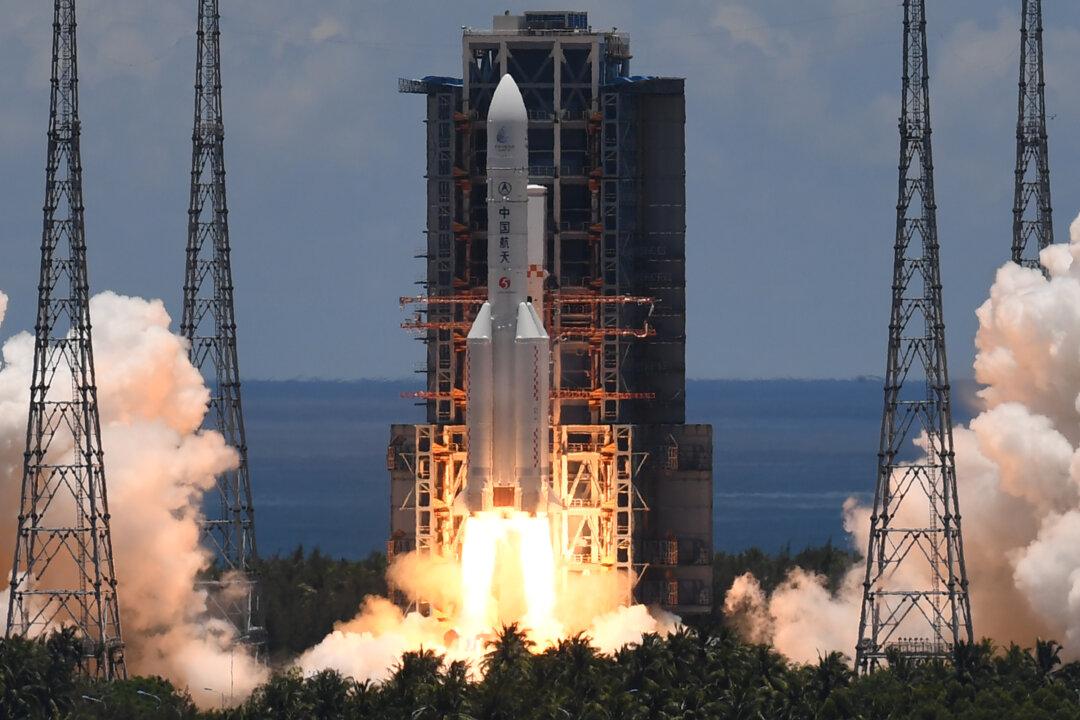China’s first interplanetary rover, Zhurong, will likely stay dormant on Mars, a Chinese scientist said on state media CCTV on April 25.
Zhang Rongqiao, the chief scientist of China’s Mars mission, said that Zhurong has not moved due to a lack of solar power caused by a pile-up of sand and dust since it went into “hibernation” in May 2022.




